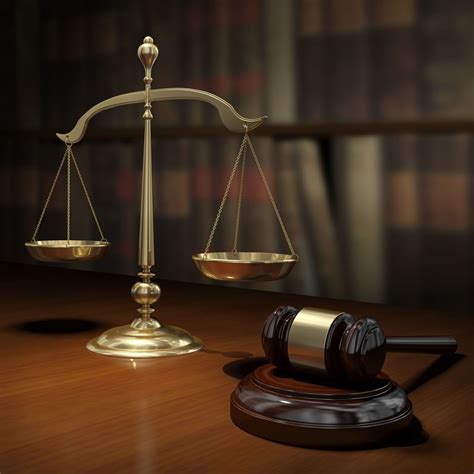The judicial system in Western Odisha has been paralysed for the past two months over the demand for establishment of a permanent High Court Bench, and there is no sign of the system recovering in the near future, as lawyers appear to be in a “Do or Die” mood this time. This stand is causing great inconvenience to litigants and justice-seekers such as the accused, prisoners, those seeking bail or other relief, and also those whose property is at stake.
Many stakeholders in this crisis are confused or ignorant of the constitutional and legal position regarding the process of establishment of a High Court Bench and that seems to be the major obstacle to the resolution of this crisis.
In the past, before HC Benches were formed, it was often argued that establishing an HC Bench had no constitutional sanctity, as there was no such provision in the Constitution. It is a fact that the Constitution does not literally mention provisions for formation of a High Court Bench; but we can’t presume that whatever is not mentioned in the Constitution is being denied. It is never possible to put everything in black and white in a Constitution, as no constitution-maker is omniscient and perfect. That is why, we have amended our Constitution more than a 100 times during the last 68 years.
While interpreting the provisions of the Constitution, we must consider their spirit, or the legislative intent of its framers, and not just the letters therein. It is irrational to consider everything that is not mentioned in the Constitution as unconstitutional. Unless something is expressly prohibited, or contradicts the spirit of the Constitution, it cannot be branded as unconstitutional simply because it does not find concrete expression in the Constitution. Making Benches of a High Court cannot, therefore, be termed as unconstitutional.
Article 30 of the Constitution says: “The Supreme Court shall sit in Delhi or in such other place or places, as the Chief Justice of India may, with the approval of the President, from time to time appoint.” The word “places” implies that the SC can have a branch or branches. It is true that there is no identical provision for the high court in the Constitution. Article 214 of the Constitution says: “There shall be a High Court for each State.” Article 231 talks about a common high court for two or more states or Union Territories.
While interpreting the provisions of the Constitution, we must consider their spirit, or the legislative intent of its framers, and not just the letters therein. It is irrational to consider everything that is not mentioned in the Constitution as unconstitutional
Though there is no mention of circuit or permanent benches of high courts, 9 permanent and about a dozen circuit benches of several high courts have already been established till now, and demands for many more are pending. This is causing confusion. Had there been an identical provision to Article 30 for high courts, it would obviously have read: “The High Court shall sit in the state capital or in such other place or places, as the Chief Justice of the High Court may, with the approval of the Governor, from time to time appoint.” That would have removed all ambiguity.
The State Reorganization Act, 1956, clearly mentions the procedure of formation of permanent and circuit benches of a high court. Section 51 of the Act mentions: “(1) The principal seat of the High Court of the new State shall be at such place as the President may, by notified order, appoint. (2) The President may, after consultation with the new Governor of the new State and Chief Justice of the High Court of that State, by notified order, provide for the establishment of a permanent Bench or Benches of the High Court at one or more places within the State other than the principal seat of the High Court, and for any matter connected therewith. (3) Notwithstanding anything contained in Sub-Section (1) or (2), the judges and Division of Courts of the High Court for the new State may also sit at such other place or places in that State as the Chief Justice may, with the approval of the Governor, appoint.”
In 1981, a Circuit Bench of the Bombay High Court was set up at Aurangabad by the Chief Justice of the same High Court under Section 51(3) of the State Reorganisation Act, 1956. The Bombay High Court set aside the impugned notification issued by the Chief Justice on the grounds, among others, that Maharashtra was not a new State after 26 years of its formation and thus such power could not be exercised due to lapse of time. The Supreme Court has rejected this contention of the Bombay High Court with the reasoning that a statute can be abrogated only by express or implied repeal, not by lapse of time.
There is another point of view that a permanent Bench of a High Court can be established by passing a resolution in the Parliament under Entry 78 of the 7th Schedule of the Constitution, and in that situation, the consent of the state government and the high court are not necessary. They say that the consent of the concerned high court and approval of the governor or state government is a must if a circuit bench of this high court is set up, but not so in case of permanent bench. Order 10 of Orissa High Court Orders, 1948, mentions this provision. But this does not seem to have any legal standing, because Entry 78 does not expressly mention circuit or permanent bench of high courts. Also, even if this entry can be used, the Parliament would not pass any resolution without the express request or consent of the concerned state government and the high court, as that would harm the federal structure of our polity, which is a Basic Feature of our Constitution.
The writer is an advocate based in Bolangir. e-Mail: jk1sahu@rediffmail.com.
